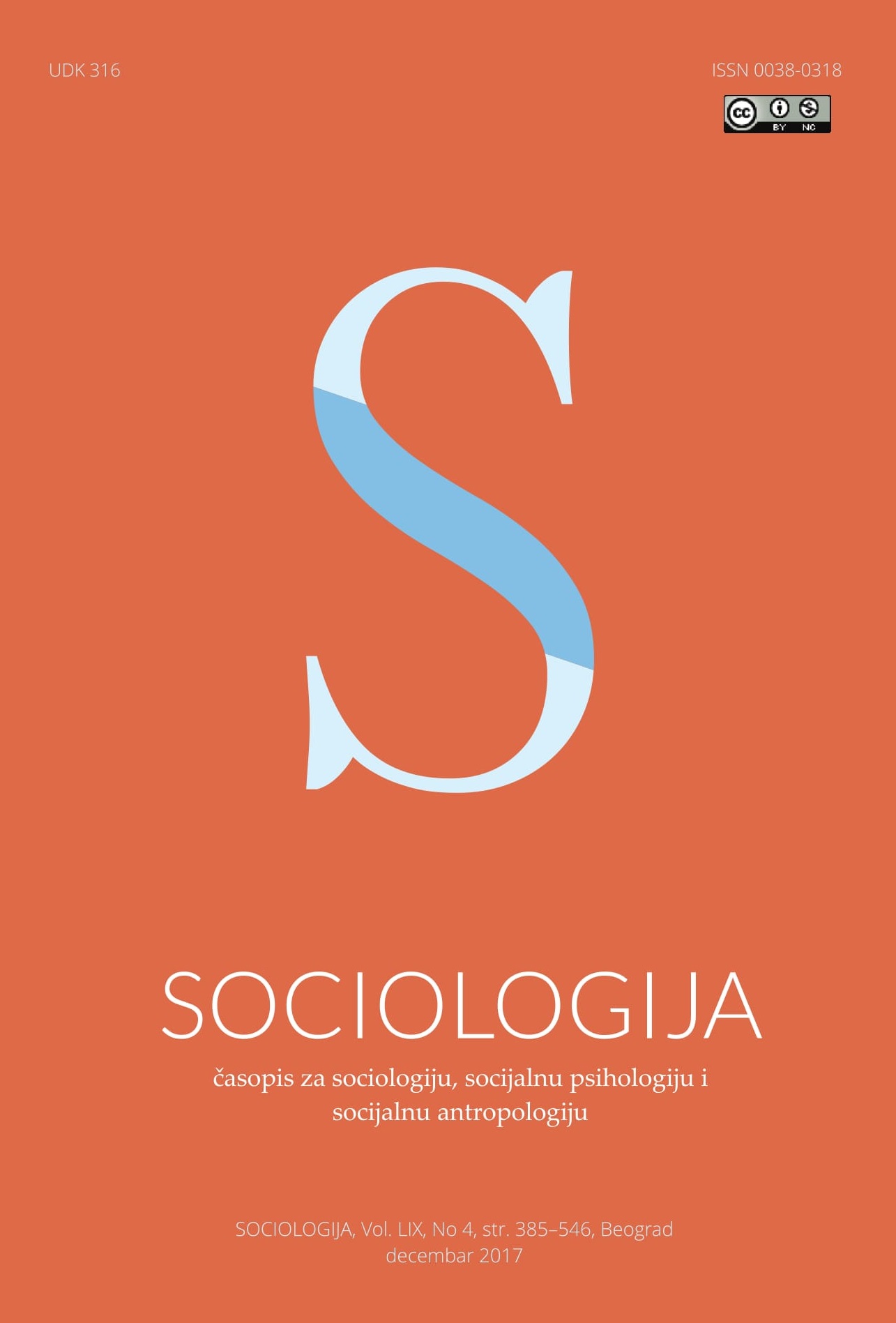Konektivna akcija kao novi obrazac protestnog aktivizma
Connective Action as the New Pattern of Protest Activism
Author(s): Jelisaveta Vukelić, Dalibor PetrovićSubject(s): Civil Society, Politics and Identity, Identity of Collectives
Published by: Sociološko naučno društvo Srbije
Keywords: protest; information and communication technologies (ICT); collective and connective action; organization
Summary/Abstract: The aim of this paper is to examine the organizational background of the protests „Against dictatorship” that took place in several Serbian towns, in the spring of 2017. The absence of the official organizers and the role social networking sites played in terms of communication, organization and coordination of the protest events, raises the following question: Could the protest „Against dictatorship” be considered as an example of a digitally enabled „connective” action? According to the „connective action” approach (Bennett & Segerberg, 2012, 2013), in the information society a new „connective” form of collective action is emerging as a result of personalization of political action that occurs within new sociotechnological environment. Connective action is enabled by innovative technological opportunities for individual participation in collective ventures and supported by the role that ICTs play as „stitching” and organizing agents of collective action. In such circumstances, conventional social movement organizations and solid collective identities seem to become far less necessary. The analysis of the data collected in the field (N = 175) and in the online survey of the experiences and attitudes towards the protest (N=225), leads to the conclusion that the organizational background of the protest „Against dictatorship” is closest to the ideal-type of „self-organized network”, as one of the two basic models of connective action. In the concluding part of this paper, the authors argue that the „connective action” model is adequate for the interpretation of the emergence of the digitally mediated protests. However, with the transformation of protests into more solid and stable forms of collective action, this model loses its explanatory power.
Journal: Sociologija
- Issue Year: 59/2017
- Issue No: 4
- Page Range: 405-426
- Page Count: 22
- Language: Serbian

